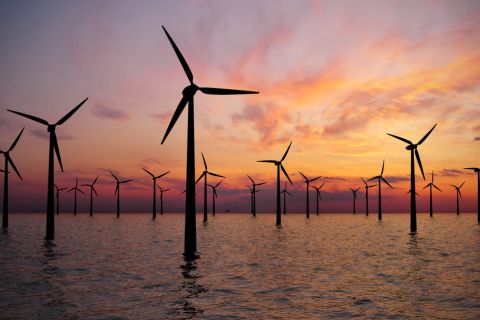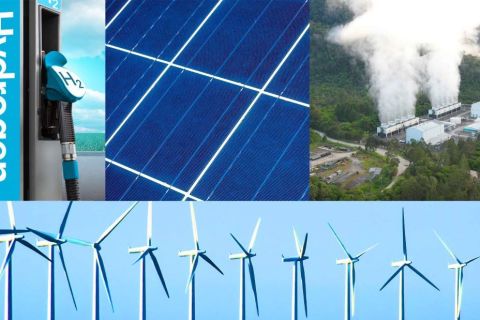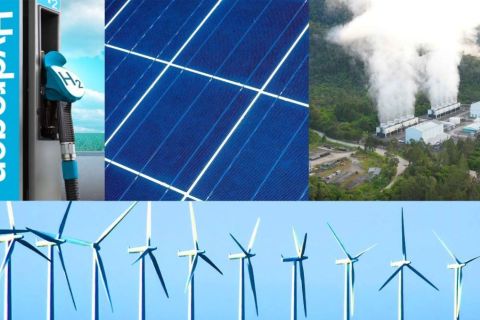WBI Energy Inc., the pipeline and energy services subsidiary of Bismarck, N.D.-based MDU Resources Group Inc. (NYSE: MDU), announced that planning for a 375-mile natural gas pipeline stretching from western North Dakota to northwestern Minnesota is underway and an open season seeking capacity commitments has begun.
North Dakota Governor Jack Dalrymple has been concerned about the amount of natural gas flaring in the state and has asked an industry task force to provide recommendations. “We are committed to working with WBI Energy and the entire energy industry so that we continue to reduce flaring, add value to our energy resources and help meet the nation’s energy needs,” Dalrymple said. “This pipeline is part of the solution.”
Rapidly growing natural gas production in western North Dakota, coupled with increasing demand from industrial, commercial and residential markets in eastern North Dakota, Minnesota, Wisconsin, Michigan and other Midwest markets, has generated strong interest in the Dakota Pipeline from potential shippers across the region.
“This project provides access to markets in the Mid-Continent and Great Lakes regions of the U.S. We have been encouraged by the interest the marketplace has shown in this project to date,” said Steven L. Bietz, president and CEO of WBI Energy. “Through the open season process, we intend to secure capacity commitments for the Dakota Pipeline and begin the process for obtaining the necessary permits and regulatory approvals.” An open season is pipeline industry terminology for a time period when interested shippers make binding bids for firm transportation capacity on the new pipeline.
The proposed route will provide access to interconnections with pipelines operated by Great Lakes Gas Transmission Limited Partnership, Viking Gas Transmission Co. and, potentially TransCanada Pipelines Ltd. The interconnections would be at a point in northwestern Minnesota.
The Dakota Pipeline has been designed to initially transport approximately 400 million cubic feet per day of natural gas and, depending on user commitments, could be expanded to more than 500 MMcf/d. At a transport volume of 400 MMcf/d, the pipeline carries enough natural gas annually to provide the needs of 1.3 million homes.
The project investment for the proposed 375-mile pipeline system is estimated to be approximately $650 million. The majority of the new pipeline would be comprised of 24-inch diameter pipeline and includes two new compressor stations.
Following receipt of the contractual capacity commitments from the open season and the granting of the necessary permits and regulatory approvals, construction on the new pipeline could begin in 2016 with completion expected in 2017.
Recommended Reading
First US Utility-scale Offshore Wind Farm Starts Operations
2024-03-14 - The 12-turbine, 130-megawatt South Fork Wind project is a joint venture between Denmark's Orsted and New England-based electric utility Eversource.
Equinor, Ørsted/Eversource Land New York Offshore Wind Awards
2024-02-29 - RWE Renewables and National Grid’s Community Offshore Wind 2 project was waitlisted and may be considered for award and contract negotiations later, NYSERDA says.
Energy Transition in Motion (Week of Feb. 23, 2024)
2024-02-23 - Here is a look at some of this week’s renewable energy news, including approval of the construction and operations plan for Empire Wind offshore New York.
Energy Transition in Motion (Week of Feb. 2, 2024)
2024-02-02 - Here is a look at some of this week’s renewable energy news, including a utility’s plans to add 3.6 gigawatts of new solar and wind facilities by 2030.
CERAWeek: NextEra CEO: Growing Power Demand Opportunity for Renewables
2024-03-19 - Natural gas still has a role to play, according to NextEra Energy CEO John Ketchum.




